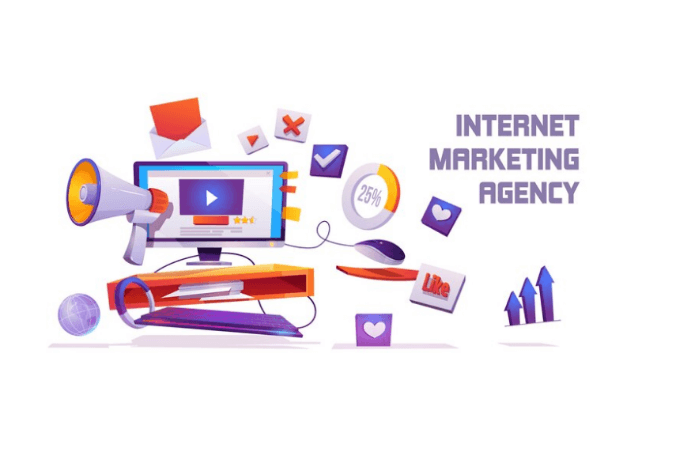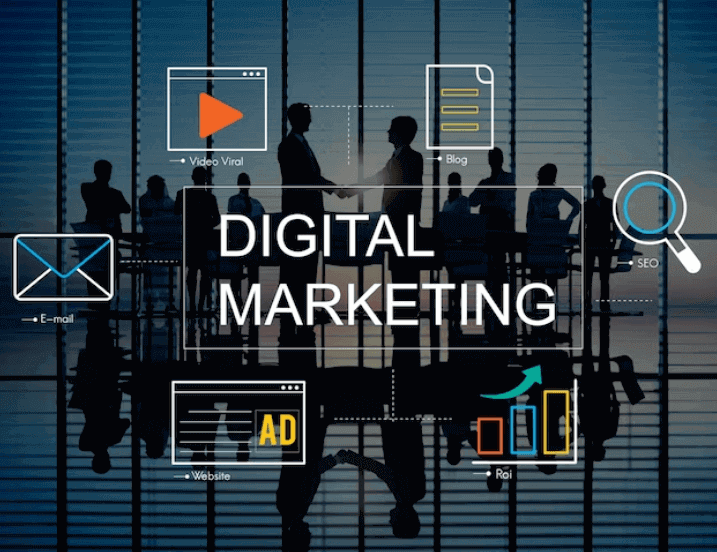
Mastering persuasion in modern marketing
The capacity to persuade has emerged as a crucial ability in the rapidly changing world of contemporary marketing. Today’s marketers must use strategic persuasion techniques to convert skeptics into superfans in place of the straightforward product presentations of the past. This article examines the art and science of persuasion in the context of modern marketing while addressing common problems that both individuals and businesses encounter.
Understanding persuasion psychology
Considering Cognitive Biases
Cognitive biases are crucial in the field of persuasion. Firstly, decisions made by consumers frequently reflect mental shortcuts, which can result in biases like confirmation bias and anchoring. Successful marketers are aware of these biases and adjust their messaging accordingly to appeal to them, increasing the chance that consumers will accept them.
Decision-Making and Emotional Triggers
Secondly, emotionally-driven decision-making is a crucial component of persuasion. Marketing professionals can create connections that resonate strongly by appealing to consumers’ emotions. Triggering emotions, whether they are those of happiness, fear, or nostalgia, can increase engagement and improve a brand’s reputation.
Building credibility and trust
Getting Past Skepticism
Modern marketing faces a lot of challenges due to skepticism. Brands must build credibility and trust to combat this. Real-world examples, a focus on credentials, and testimonials from satisfied customers can all help overcome initial skepticism.
Leveraging Testimonials and Social Proof
Testimonials and reviews that provide social proof have a significant impact. Customers are more likely to believe the advice of their peers than messages from direct marketers. So, by showcasing actual success stories that connect with their target audience, marketers can take advantage of this.
Making powerful messages
The Influence of Stories
The timeless art of storytelling has found new life in contemporary marketing. The marketing message will be more memorable if a compelling story is told about the product or service. Moreover, this will humanize the brand and make the audience feel something.
NLP (Neuro-Linguistic Programming)
By appealing to the subconscious, neuro-linguistic programming (NLP) techniques can improve persuasion. Conscious alignment can be created by mirroring linguistic patterns and using words that elicit favorable reactions, which can then affect consumer behavior.
The Effects of Design and Visuals
The value of aesthetic appeal
Visual components are important in persuasion. Visuals that grab the audience’s attention can hold their attention and communicate information more effectively than text alone. Shortly, visually appealing design can exude authority and credibility.
Color psychology in use
In marketing, color psychology is a potent tool. Colors can be strategically used by marketers to sway the perceptions and responses of their target audience because they are associated with various emotions and associations.
Considering Ethics While Making Decisions
Keeping persuasion and honesty in check
Adhering to moral principles is essential to persuasive marketing. Building long-term trust with customers requires striking a balance between the art of persuasion and truthfulness and transparency.
How to Avoid Manipulation
Although manipulation is not a legitimate marketing strategy, persuasion is. Instead of forcing consumers to make decisions they might later regret, persuasive marketing respects their autonomy and gives them the information they need to make an informed choice.
Establishing credibility and knowledge
Thought leadership content
Firstly, making a name for yourself as a thought leader in a particular field can greatly improve your persuasiveness. Sharing insightful knowledge through thought-leadership content establishes the brand as a reliable resource for information.
Exposing your industry knowledge
Customers are more likely to believe in brands that exhibit a thorough understanding of their sector. In addition, by offering educational materials and insights, one can demonstrate their knowledge and build their credibility.
Implementing Personalization
Messages that Take Individual Preferences into Account
Beyond just addressing clients by name, personalization involves other factors as well. To deliver personalized messages that connect with people on a personal level, it involves understanding their preferences, behaviors, and pain points.
Strategic content change
A personalized experience can be delivered by using dynamic content strategies that change based on user behavior. Delivering relevant information is more likely when content is customized based on browsing patterns and previous interactions.
Making Use of the FOMO Effect
Creating scarcity and urgency
Consumers are influenced to act quickly by the psychological trigger known as the fear of missing out (FOMO). Utilizing urgency and scarcity strategies, such as time-limited offers or special discounts, can persuade consumers who are on the fence to buy.
Call-to-Actions (CTAs) that work
Critical to persuasion is the call-to-action (CTA). By creating CTAs that are compelling and clearly explain the advantages of taking a particular action increase conversions and engagement.
The Common Skepticism: Addressing
Addressing price issues
Price is a common area where consumers express doubt. The value proposition can be emphasized, flexible payment options can be offered, and clear pricing information can be provided as solutions by marketers.
Overcoming Change Resistance
Consumers sometimes find change frightening. Therefore, by emphasizing the advantages of utilizing a new good or service and addressing potential concerns resistance to change is reduceable.
Data Analysis for Ongoing Improvement
Iterative refinement and A/B testing
In order to master persuasion, decision-making must be data-driven. Iterative improvements can be guided by conducting A/B tests and analyzing performance metrics to gain insights into which techniques are being well received by the audience.
Using data to inform decisions
Marketers can improve their persuasion strategies based on real-time feedback by utilizing data analytics. So, adapting to consumer preferences and behaviors keep marketing efforts effective and pertinent.
Conclusion
Being an expert at persuasion is crucial in the dynamic world of modern marketing if you want to turn skeptics into superfans. Shortly, marketers can overcome obstacles and establish enduring relationships with their target audience by comprehending the psychology of decision-making, developing trust, creating compelling messages, and utilizing ethical strategies. Businesses can successfully navigate the complicated world of contemporary persuasion and achieve outstanding results in their marketing endeavors by utilizing both tried-and-true strategies and cutting-edge tactics.





